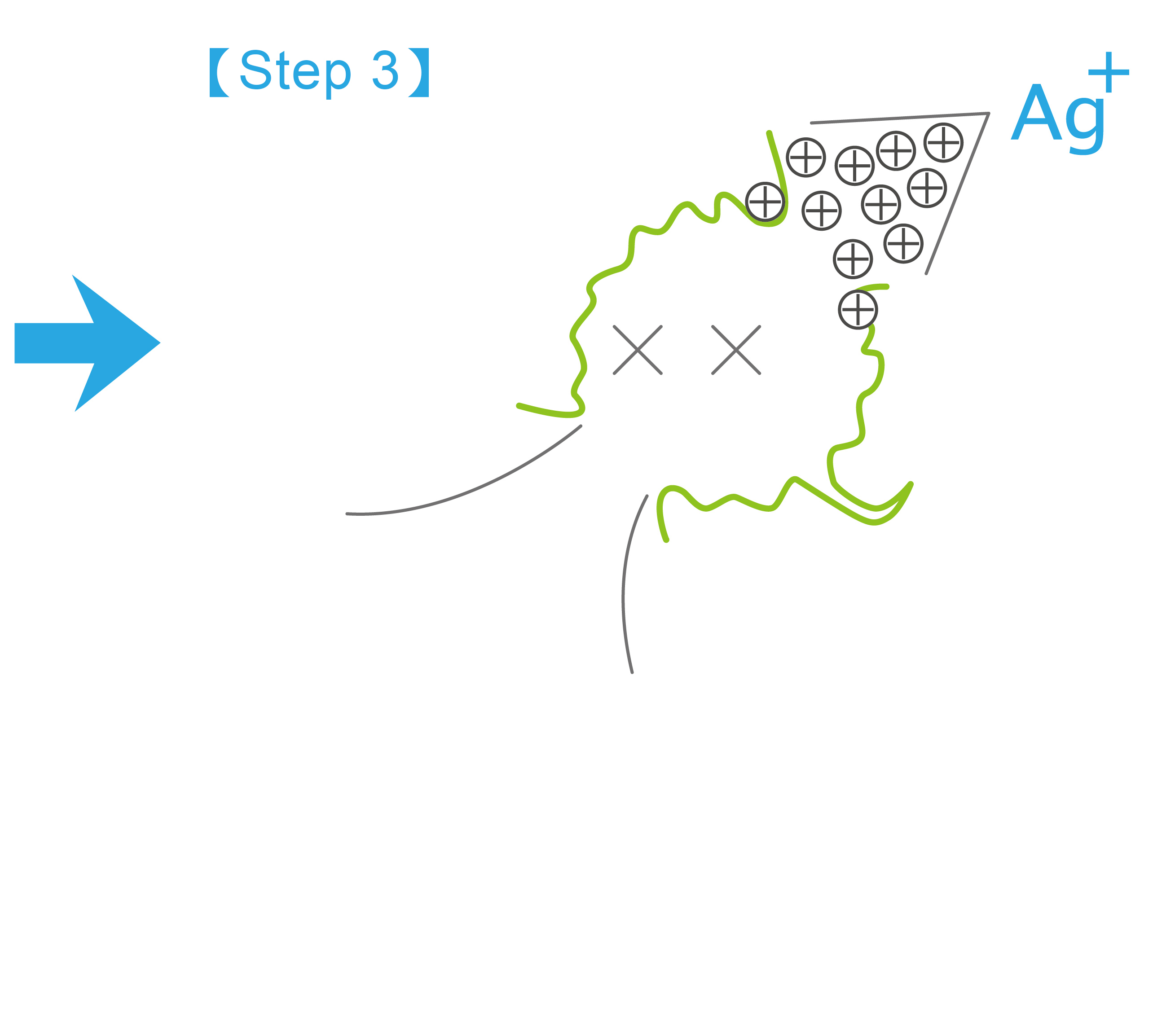The nanosized silver particles are easily dissociated into positively charged ions, and the activated silver ions with electric charge can be adsorbed onto the negatively charged microorganisms. The activated silver ions can effectively penetrate the cell wall and membrane of microorganisms, leading to changes in the structure and metabolism of enzymes and proteins in the microorganisms, ultimately causing them to die.



【Step 1】After positive and negative attraction, the silver ions will collide with the bacteria.
【Step 2】The silver ions penetrate and envelop the bacteria.
【Step 3】The ruptured microorganisms release the silver ions, which can further inhibit the growth of other microorganisms in the surrounding environment.
The antibacterial mechanism of nanosilver activated carbon involves the release of silver ions, which can penetrate bacterial cell membranes, interfere with cell respiration and metabolism, and damage DNA and other cellular components. This results in the death of the bacteria and inhibition of their growth. The high surface area of activated carbon provides a large contact area for the release of silver ions, resulting in a strong and long-lasting antibacterial effect.